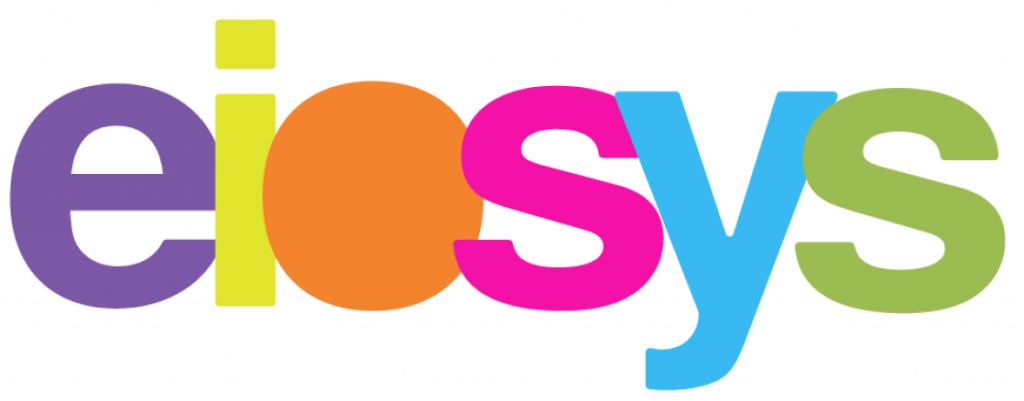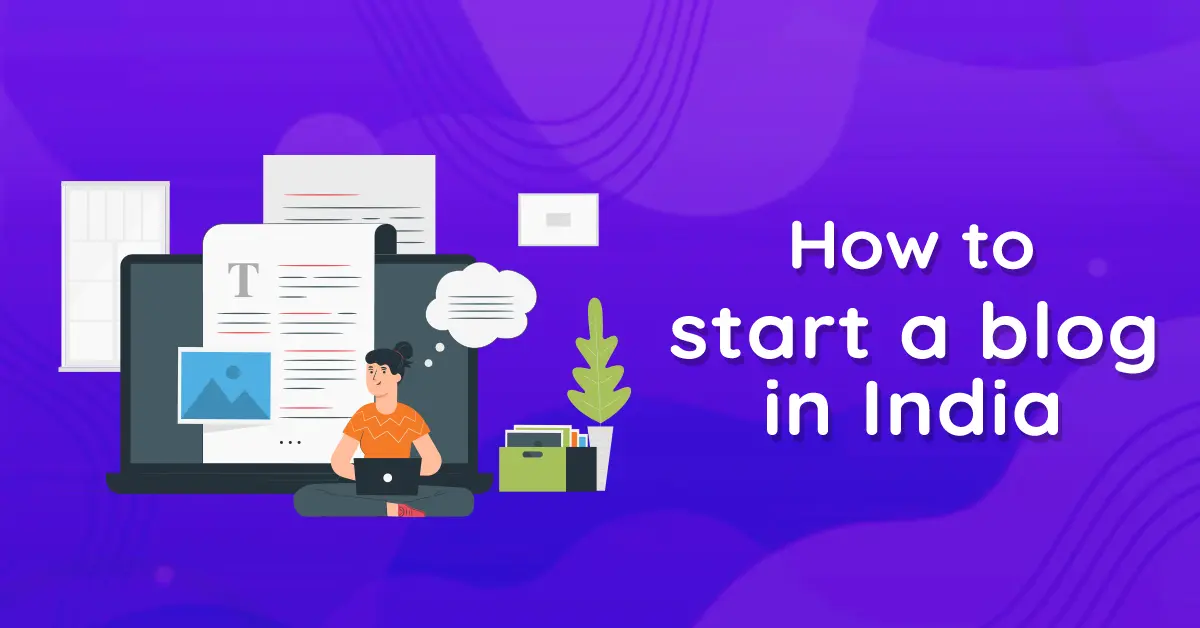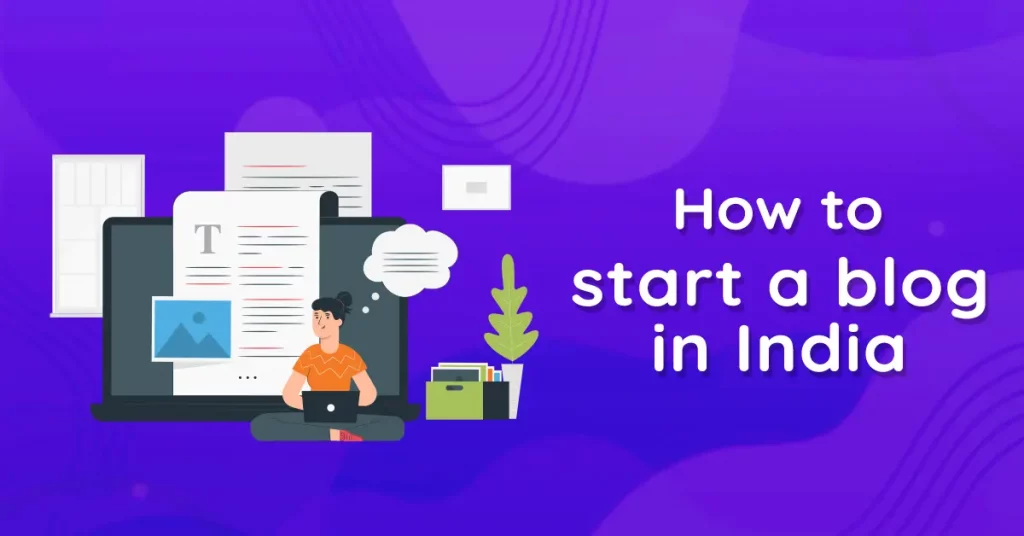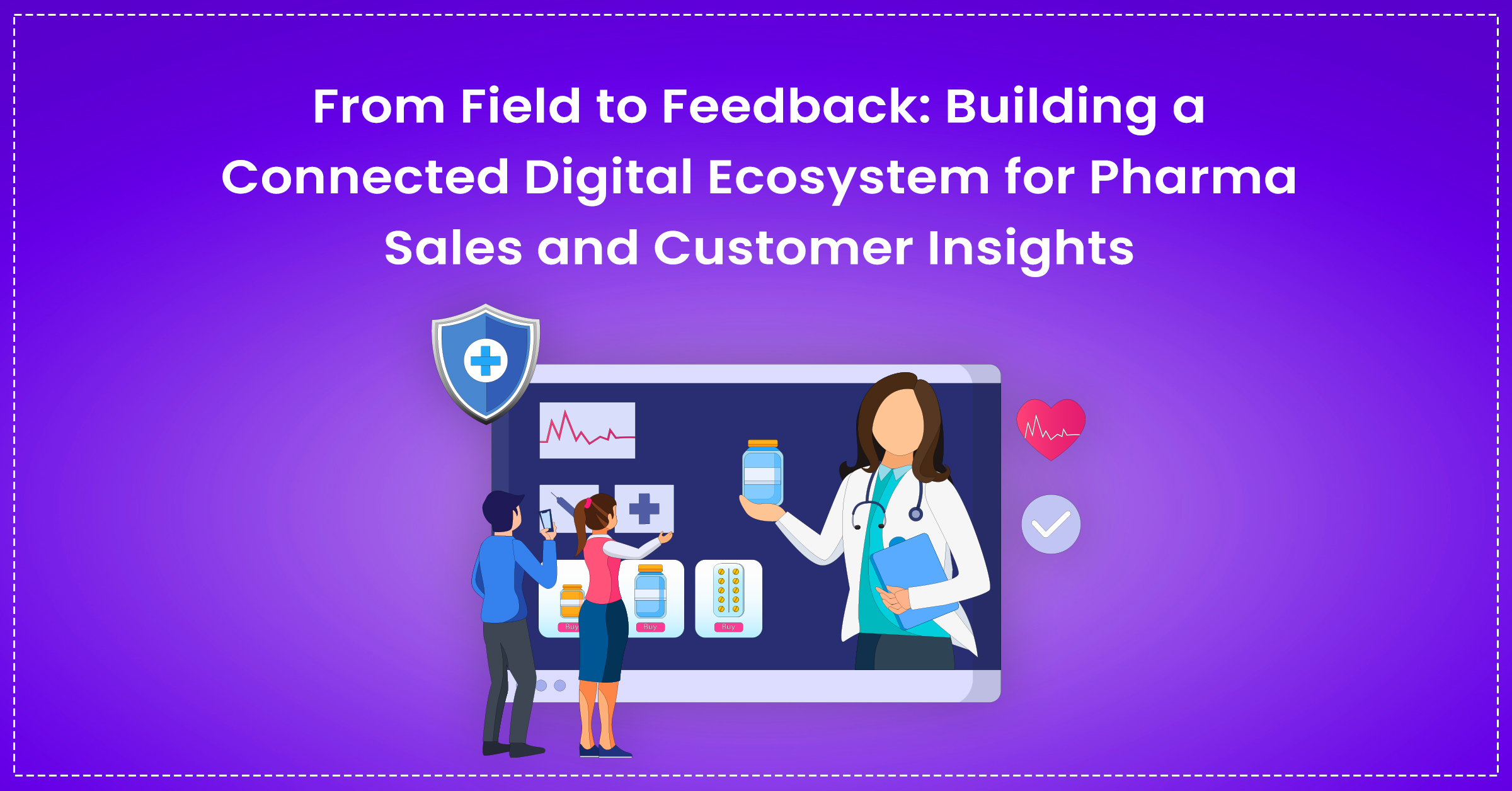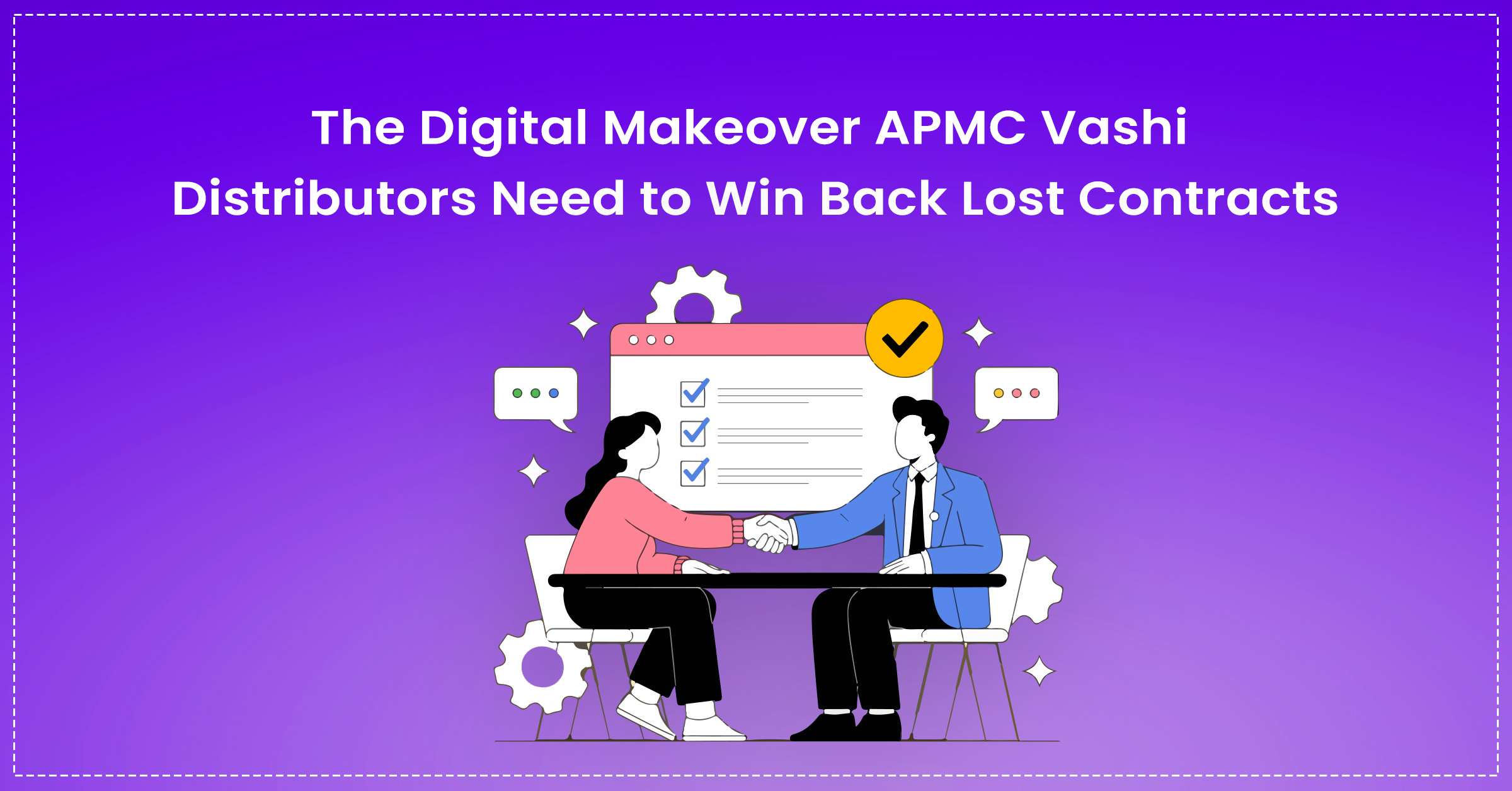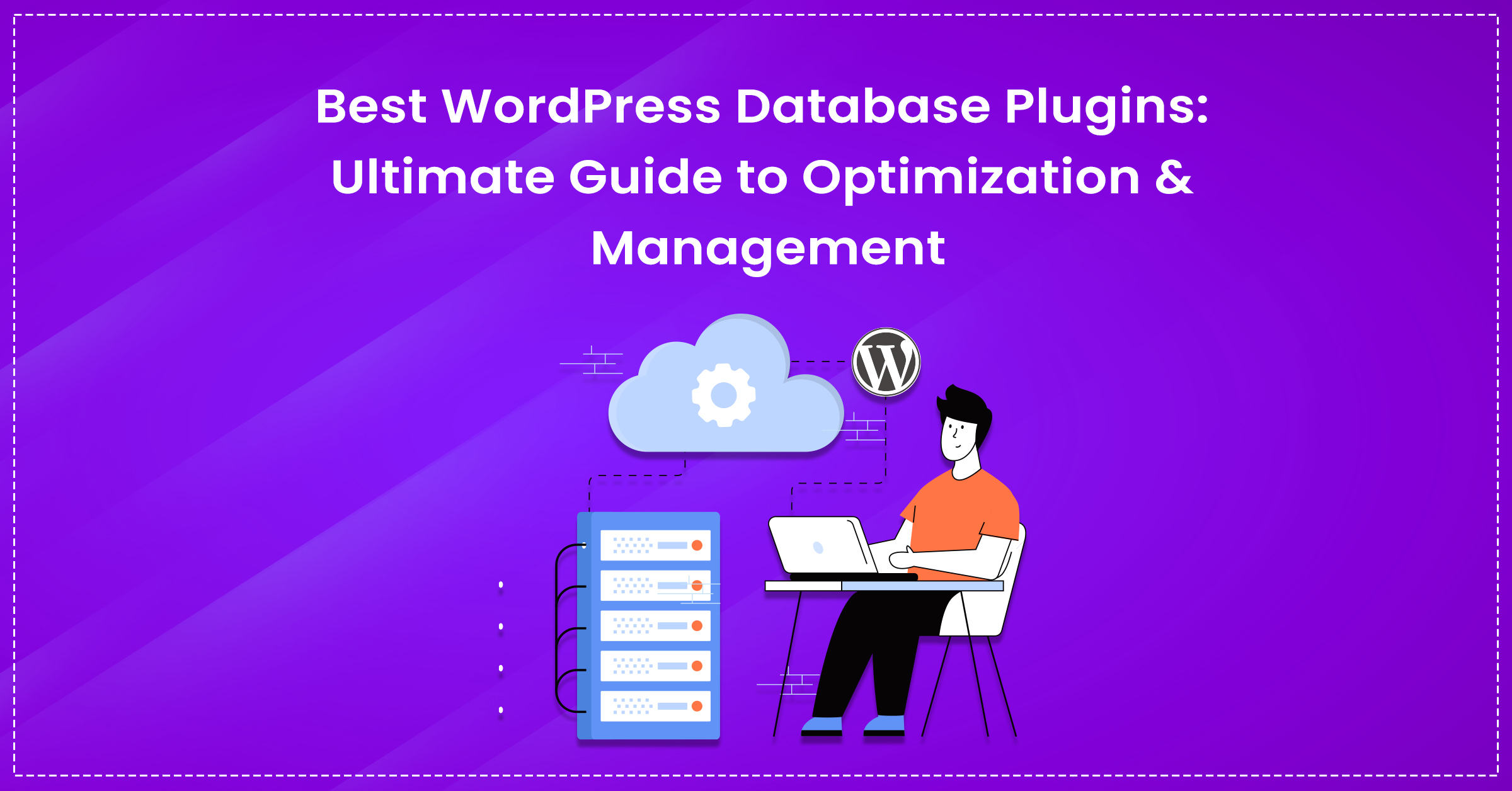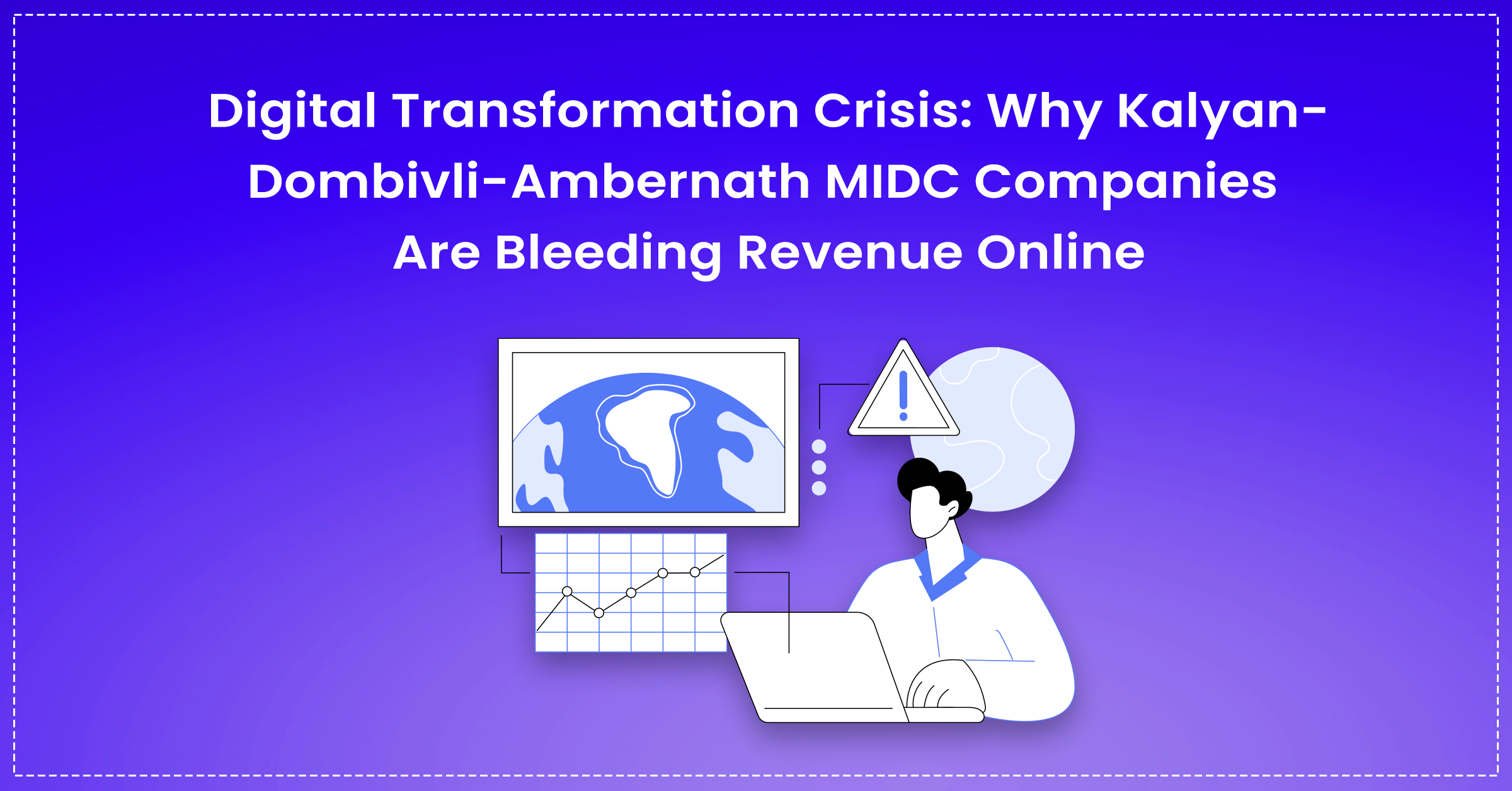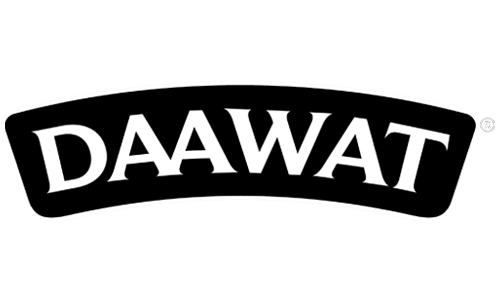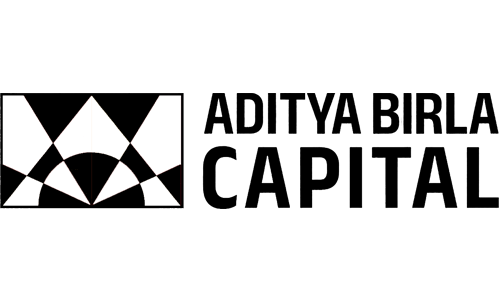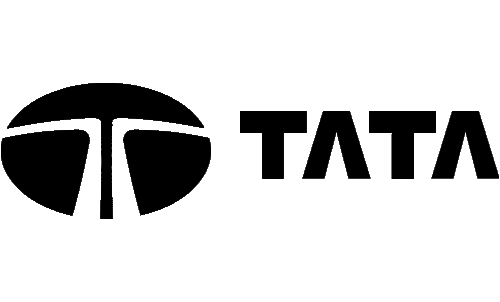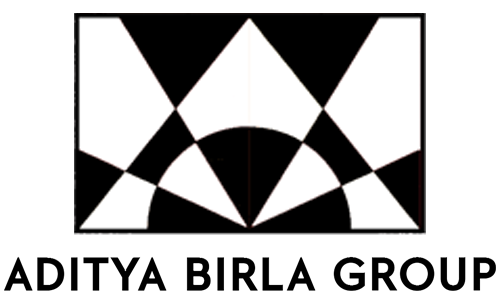Are you willing to start a blog but don’t know HOW? Worry not! In our step-by-step guide on how to start a blog in India, we’ll walk you through the A to Z of blogging in detail!
Blogs are the medium to express your views, thoughts, research, and experience to the internet community. With the expedition in the number of internet users, blogging has become the most lucrative way to earn and create your brand online. Blogging has been the most popular content type for marketers and more than 89% of marketers use it to generate inbound leads.
Even in India, several successful bloggers are earning a 6-figure income solely from blogging. Some of the top blogging websites in India include shoutmeloud.com, yourstory.com, etc.
Blogs are very important even from a business point of view. Whether you’re an individual or a brand, blogs can position you as a thought leader in the industry. Here’s a detailed guide to help you kickstart your blogging journey.
1) Find a Niche
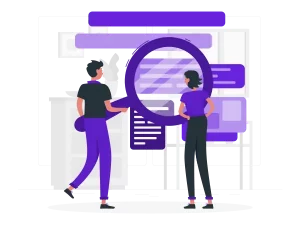 The first step in starting a blog is finding a particular niche or the ‘topic’ on which you want to educate your audience. New bloggers often make the mistake of writing on several topics without a specific niche that yields a futile outcome.
The first step in starting a blog is finding a particular niche or the ‘topic’ on which you want to educate your audience. New bloggers often make the mistake of writing on several topics without a specific niche that yields a futile outcome.
Having a specific niche for your blog allows you to grow and provide specific results and build authority in your industry.
While finding the niche for your blog, ask the following questions:
- On which subject do I have knowledge/expertise? (Is it cooking, electronics, travel, health, fitness, fashion or something else?)
Shortlist the various subjects on which you possess some knowledge.
- Will this “niche” generate revenue?
In the world of the internet, writing and publishing a content piece is easier than getting the audience to read it. If your niche doesn’t have an audience base and cannot generate revenue, your blog will not be effective.
To finalise a specific niche, use the following steps.
- Use Google Trends to see whether your niche has been on trend and will it grow in the coming years.
- Try Google Keyword Planner to see the most requested search queries in your niche.
- Look for the bloggers in your domain, check their activities, and take inspiration from them. DON’T COPY. Create a unique blog as per your taste.
- Also, you can look for affiliate products, programs online to monetize your blog.
- You can also use traditional means such as visiting a nearby library/bookshop to find books in your niche. The presence of books in your niche will help you determine whether your niche is profitable or not.
Lastly, blogging requires discipline and patience to get results.
So, Are you ready for commitment?
2) Select a Blogging Platform
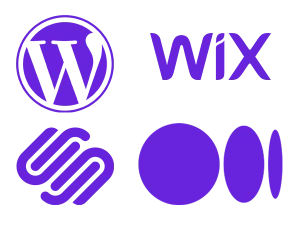 Until now, you’ve selected your desired niche and it’s time to go online!
Until now, you’ve selected your desired niche and it’s time to go online!
Before selecting a blogging platform you have to determine whether you aim to monetize your blog or just share your experiences with the audience. ( You can also wish to achieve both at the same time)
If you aim to create a professional blog to generate revenue, you must go for self-hosted blogging platforms. These platforms allow you to get creative with your blogs and offer unlimited features. Some examples of self-hosted blogging platforms will be WordPress.org, Squarespace, Wix, and many more.
Let’s suppose you want to try your hands at blogging and you do not want to invest in any capital right away. You can always go for free blogging platforms like Blogger, Medium, and Tumblr in such a scenario. Through these free blogging platforms, you can write and publish numerous blogs.
On the downside, these free platforms provide very limited features.
3) Select a Web Host and the Top-Level Domain Name
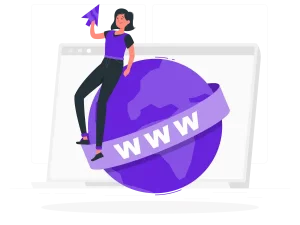 Once you’ve determined the right blogging platform, let’s take a step further towards building a successful blog!
Once you’ve determined the right blogging platform, let’s take a step further towards building a successful blog!
Though there are free blogging platforms available on the internet, it is highly recommended to get a paid web hosting if you want to create a professional website.
Web hosting allows you to adjust the look of your blog, have access to backend files of your site, design it as per your choice, and many more.
Some of the best web hosters in India include GoDaddy, Hostinger, Bluehost, Hostpapa,and more. Confused about which would be the best web hoster for you? Get in touch with an expert team of website developers at Eiosys!
Have you noticed that some websites end with .org, .com, .in, .uk, .gov and more? These abbreviations are nothing but the top-level domain name.
While selecting the top-level domain name keep the following things in mind:
- Do not select .edu, .org unless and until you’re a registered organization or an educational institution.
- Secondly, .com is the most preferred top-level domain name among the websites. It is even recognized globally. So, you can keep it as your safe option.
- Lastly, .in, .uk, .us are country code top-level domains (ccTLD). If you want to specifically create your website for a particular country then you can go with its country code.
(Note: .gov is only for governmental bodies)
4) Name a Blog
 The bold part on the above URL i.e ‘xyz’ is your domain name or in simple words the name of your website.
The bold part on the above URL i.e ‘xyz’ is your domain name or in simple words the name of your website.
Let’s talk about domain names and why it is important to have a simple one.
Remember the last time you recommended Amazon/Flipkart to your friend who is looking for electronics. Your domain name gives your brand a unique identity in the market. It reflects your brand persona. Thus, it is recommended to have a short, simple, and easy-to-remember domain name for your blog.
Also, never copy an already existing name of a website and try to keep your domain name resonating with your brand. You must also avoid hyphens or long domain names.
Quick Tip: You can use leandomainsearch.com to get some ideas for domain names.
5) Design a Blog
 Try this: Surf a particular keyword of your niche and check the available blog posts.
Try this: Surf a particular keyword of your niche and check the available blog posts.
Compare two blog posts one with poor design, without any pictures, videos, fonts, or themes to one with all the qualities the other lacks. Which one would you find more intriguing? Of course the latter one!
An average person spends 37 seconds reading a blog post. If you include all texts without any visual attraction, your blog post will fail to grab the attention of the reader. Eventually, you’ll lose plenty of your audience.
So, show your creativity while designing your blog posts, and don’t underestimate the power of attractive designs!
You can include colorful images, charts, short videos, easy navigation, and social share tabs to create visually attractive blog posts.
Eiosys specializes in custom WordPress theme development for your blog, corporate site, or eCommerce site. Feel free to get in touch with our team for any help!
6) Start Writing Content
 Once you’ve set up your blog, start writing the content. Let’s just break this process down into three steps.
Once you’ve set up your blog, start writing the content. Let’s just break this process down into three steps.
Step 1: Create a Content Calendar (weekly, fortnightly, or monthly).
Determine a specific day and time when you’ll post a new blog post.
Quick Tip: To get inspiration for new content ideas try Google Trends, Quora, Yahoo, Social Media, Online Groups, and Hubspot’s Blog Idea Generator.
Step 2: Conduct Keyword Research.
Find all related keywords and their variations to include in your blog post.
Quick Tip: For keyword research, you can use platforms like anwerthepublic.com, keyword.io or Ubersuggest.
Step 3: Write SEO-optimized content.
If you’re new to blogging and content writing, follow the simple steps mentioned below to get the best results.
- Do not overuse a keyword. Make it flow naturally with your content.
- NEVER COPY-PASTE CONTENT FROM OTHER WEBSITES. It’s just unethical and your blog will completely deteriorate in the long run.
- Use simple conversational language in your posts.
- Keep your paragraphs short with a maximum of 4 to 5 sentences.
- Always include Image ALT text, Meta Description, and Title Tags in your blog posts.
- You can use Yoast SEO or Rank Math to assess your content.
- Create visually attractive blog posts. Include royalty-free images in your blog posts. If you use images from other sites, give proper credit to the owner.
- Always proofread your content before publishing and rectify grammatical errors.
- Don’t click the publish button before doing a plagiarism check on your post.
Quick Tip: For plagiarism, you can use platforms like Grammarly Premium, Duplichecker, Copyscape, Unicheck, and Quetext.
It’s done now you can click the publish button.
But, does your job end here? Unfortunately, NO! Let’s see the further steps for creating a successful blog.
7) Check Indexing
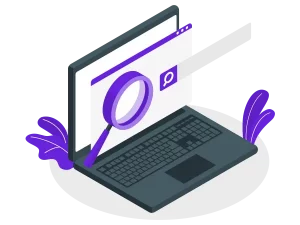 In simple terms, Indexing is like giving an indication to Google about the piece of content you have written.
In simple terms, Indexing is like giving an indication to Google about the piece of content you have written.
For indexing, you have to create your account on Google Search Console and get your website verified on it. After verification, place the URL of your blog in the inspection tool of Google Search Console and request for Indexing.
Now, Google bots will crawl your content piece and analyze it. It will place your article on the SERP when there is a relevant search query. You can even do a simple site search of the URL to check if your blog is indexed or not.
8) Monitor the Performance of Your Content
 Monitoring the performance of your blog will help you to find the loopholes and later you can try to mend them.
Monitoring the performance of your blog will help you to find the loopholes and later you can try to mend them.
There are many tools available in the market to assess the performance of your blog. Some of the best analytics tools are Google Analytics, SEMrush, Google Search Console, Tableau and more.
While measuring the performance of your blog, heed the following KPIs:
- Overall blog traffic: It determines the average traffic on your blog.
- Most Viewed Blog Post: This determines the topic on which you got the most visitors. You can use the variations of this topic in the future too.
- Social shares: This metric will help you to understand which type of your posts do well on social media platforms.
- Lead Source: You should know from where you are getting the most and the least visitors to take your blog to the next level.
- Average Time Spent – Through Google Analytics, you can get access to this metric. It will help you find out how engaging your blogs are.
9) Update Your Blog Regularly
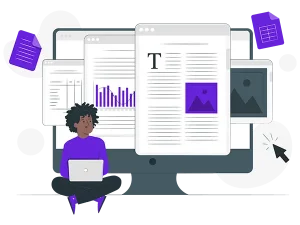 Let’s see two contradicting scenarios. As of 2013, Huffington Post, the world’s largest blog, posts approximately 1,600 to 2000 articles per day. (Yes, you read it right! But how on earth?)
Let’s see two contradicting scenarios. As of 2013, Huffington Post, the world’s largest blog, posts approximately 1,600 to 2000 articles per day. (Yes, you read it right! But how on earth?)
On the contrary, Brain Dean, a popular blogger, posts a new blog once a week or once a fortnight on his blog Backlinko.com. Yet he manages to get millions of visits on his page every year.
Understand this: Content frequency and quality both are important. You have to strike a balance between them as per your business’s needs. (Yes, blogging is a business.)
Your job as a blogger doesn’t end after clicking on the publishing button of your blog.
With the huge number of blogs published daily, there are high chances that your content might get outdated and lost in the ocean. To prevent this, keep revising your blog posts regularly.
10) Build Backlinks
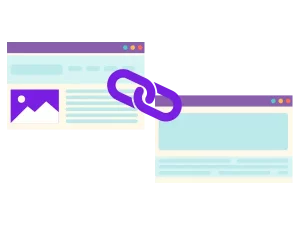 The last step in the process of creating a successful blog is backlinking. Backlinking is an important part of your off-page SEO strategy. It is linking other websites on your page. When you get backlinks from other high authority websites in your niche, you acquire credibility and boost your traffic.
The last step in the process of creating a successful blog is backlinking. Backlinking is an important part of your off-page SEO strategy. It is linking other websites on your page. When you get backlinks from other high authority websites in your niche, you acquire credibility and boost your traffic.
Let’s break down the process of backlinking into three steps.
Step 1: Connect with your industry people and ask for backlinks(not straightway).
Do you always ask for a favor from every person you meet on your way? NO! Similarly, never ask a favor (of backlinking) right away.
First, build a relationship, show your articles, gather feedback, read their pieces, and engage with fellow bloggers. Then sincerely ask them, if they write content on a related topic would they like to backlink your post? Make sure that you get backlinks from your industry bloggers or else your efforts will go in vain.
Step 2: Get your site listed on reliable online directories.
Niche-specific directories are the right place to get your website listed. When your website is listed on notable directories, it helps search engines to easily index it and make it available to the searcher.
Step 3: Guest posting
Guest posts are the best way to share quality content with a new audience. Make sure when you guest post, you share quality content without boasting about your blog. You must also provide professionally written content as it will represent your brand among the masses.
Remember, creating a successful blog is a deliberate process. Discipline, patience, and passion are the most essential elements of winning the blogging game. So, take your time, understand the process and always strive to deliver quality content to your audience! If you’re looking for ways to scale your organic traffic, you can check out our SEO services.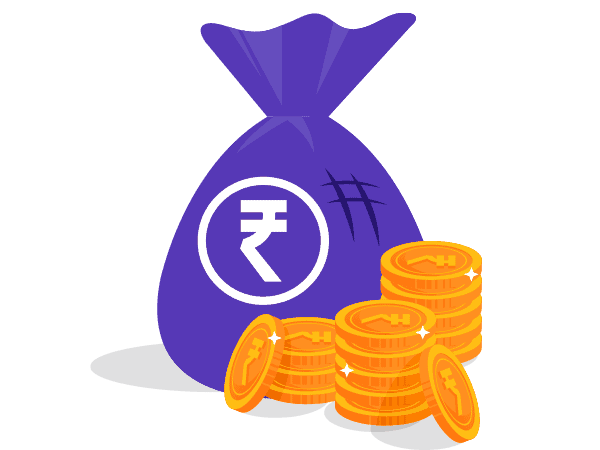
Cost to start a blog in India?
So you must have by now figured out your niche and platform and must be wondering how much it takes to start a blog?
Then here is a rough idea of how much you should be prepared to shell out.
As mentioned the basic requirement will be to have a domain and hosting:
1. Domain – The domain cost starts from INR 800. (You can check out godaddy.com, bigrock.com
2. Hosting – A good hosting plan will cost you between INR 2500 –INR 6000 depending on the brand. (A2Hosting and Bluehost are good options)
Although a .com domain name would costs you anything between INR 700-INR1000. So in total, you at least require a budget of INR 6000 to start your own blog.
The key point for selecting a domain name:
1. Cross-check the meaning of the name you have selected for your domain. Make sure it won’t be misinterpreted.
2. Make sure the name speaks out for itself.
3. Always go for a “.com “. If it is unavailable, we will suggest you look for another domain name.
For Hosting –
If you are just starting up and would like to go for a cheaper option then HostGator or Hostinger are good options. They pass to the checklist of low cost, less downtime, good speed, great performance, and customer support aid.
On second thought if you increase your budget a little, we would recommend you to go with A2Hosting. or Bluehost. Their service justifies the price you will pay.
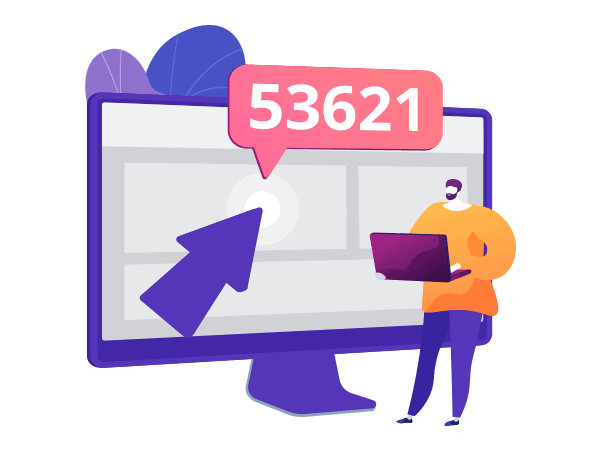
Free Blog or Paid Blog?
The question many of you struggle if whether to go for free hosting or a paid one. So here are some of the points which will help you decide on one.
| Free Blog | Paid Blog |
| Zero start-ups cost | Cost involved. |
| You get limited space for files, images, and designs. | You have to find a host service provider like GoDaddy, Dreamhost, Hostinger, WP engine, etc |
| Appears less professional | Gives a serious impression |
| Have to compromise on your favorite domain name. | You get the liberty to have your own domain name. |
| Indicates a casual approach. | Gives a much serious approach. |
| Cannot install third-party plug-ins. | You can install plug-ins like MonsterInsights, Yoast SEO, YARRP, etc |
| No priority in Google | Can get an SEO advantage and Google gives you priority. |
How to drive traffic to your blog
With great writing, it is equally important for you to be able to get traffic to your blog. Here are some pointers which will help you do that:
1. SEO – You can identify and use common search engine queries to optimize your blog. You can then track the traffic by monitoring the statistics using Google Analytics.
2. Guest Blogger – You can write content for other websites and blogs. These guests can then in return share these links for you to be recognized by new readers. It is a great way to attract new readers.
3. Promotions – Social media is a great tool to promote your blog for getting the eyeballs. Make sure to use these platforms to the fullest.
4. Youtube – You can create a video around your blog content and embed it there. It can help you get a great reach.
5. Pinterest – It’s a great platform to get attention from your target audience. Just invest a little in the illustration you publish and it will do wonders for you.

